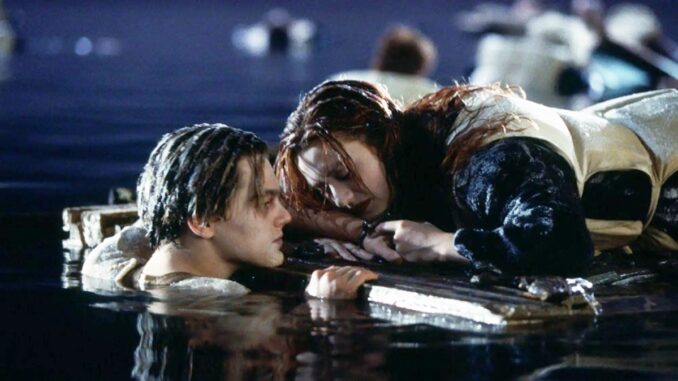
The Physics of Plywood and Passion: James Cameron's Quest to Right a Fictional Wrong in Titanic
The ending of James Cameron's "Titanic" remains a cinematic wound for millions. Jack's noble sacrifice, slowly succumbing to the frigid Atlantic, while Rose clung precariously to a floating door, has sparked endless debate. Could Jack have survived? Could they both have fit? For years, this question has fueled internet forums and late-night arguments. Finally, James Cameron, the director himself, tired of the speculation, decided to put the debate to rest, not through philosophical musings, but through the cold, hard science of buoyancy and human hypothermia. This endeavor reveals not just a commitment to accuracy, but also a fascinating glimpse into the mind of a filmmaker driven by both artistry and the unshakeable desire to understand the mechanics of his creations.
Cameron's experiment wasn't a simple matter of jumping onto a piece of wood. He enlisted a team of scientists, stunt performers, and hypothermia experts to recreate the scene under controlled conditions. Two people, similar in build to Leo DiCaprio and Kate Winslet, were immersed in freezing water with an exact replica of the infamous door. The objective: to determine if, under realistic conditions, both individuals could have remained above the waterline long enough to be rescued.
The key here isn't just the size of the door, but the crucial element of buoyancy. The experiment demonstrated that with strategic positioning and the use of Rose's life jacket, both Jack and Rose could have indeed kept a significant portion of their upper bodies above the waterline. This meant mitigating the fatal effects of hypothermia, the true villain in the scenario. The cold ocean water wasn't just a dramatic backdrop; it was a relentless force sucking heat from their bodies. By minimizing contact with the water, their chances of survival would have drastically improved.
But the experiment wasn't just about proving a point. It delved into the complexities of human behavior under duress. How effectively could Jack and Rose have worked together to maximize their buoyancy? How much would the sheer panic and exhaustion have impacted their decision-making? The scientists incorporated these elements into their analysis, acknowledging that real-life survival is rarely a calculated equation. Fear, exhaustion, and the overwhelming trauma of the situation would have undoubtedly played a significant role in their fate.
Cameron's scientific investigation into the "Titanic" door sheds light on the inherent tension between artistic license and scientific accuracy in filmmaking. As a director, he prioritized the emotional impact of the scene. Jack's sacrifice, however tragic, serves as the ultimate expression of love and selflessness. To have had them both survive would have arguably diminished the power of that moment, transforming the ending from a heartbreaking tragedy into a tale of resilient survival.
However, the persistent questioning forced Cameron to confront the physics of his fiction. By conducting the experiment, he acknowledges the audience's right to scrutinize his artistic choices and demonstrates a genuine desire to understand the limitations of his own creation. It's a testament to his intellectual curiosity and his willingness to engage with the ongoing conversation surrounding his work.
In the end, Cameron's experiment, while offering a scientifically plausible alternative outcome, doesn't necessarily negate the emotional resonance of the original ending. It simply adds another layer of complexity to the narrative, prompting us to consider the myriad factors that contribute to survival in the face of unimaginable adversity. The "Titanic" door, once a symbol of heartbreak and perceived plot hole, becomes a symbol of the enduring power of cinema to provoke discussion, challenge assumptions, and even inspire scientific inquiry. It reveals that sometimes, the most compelling questions aren't answered by grand pronouncements, but by the painstaking application of scientific rigor to the fantastical realms of our imagination. Perhaps, in the end, the true answer lies not just in the physics of the floating door, but in the enduring power of love and sacrifice to ignite the imaginations of generations.
